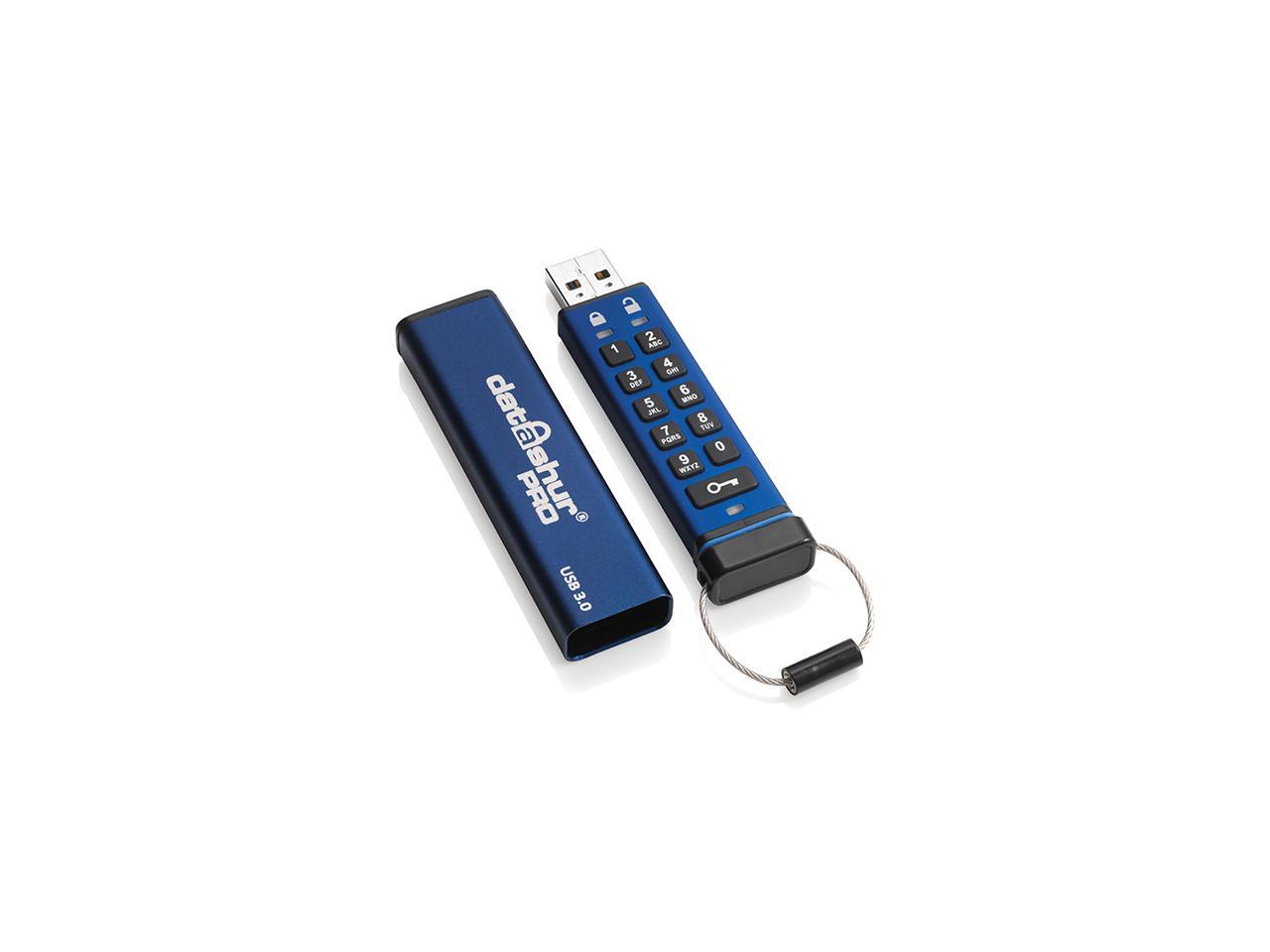

This assumes employees have been thoroughly and frequently warned that copying data off machines is strictly against the rules. If anything, I might just make a service with an unassuming name that polls the registry key periodically to see if it's been flipped, and if it has then notify IT staff, who would then commandeer the computer, flash drive, and event logs(showing the registry key was changed by that user), and then refer them and the logs to management.

The real solution is to modify user rights, and possibly remove flash drive capabilities and use network shares instead when data needs to be copied to machines.

Important: While exiting SecureAccess program after adding a file to the vault, please click the log off button and then close the program.If they have admin rights, then any C# program you write can be shutoff just as easily as they can change the registry key. To remove a file from SecureAccess vault, open up the vault by entering the password, right-click on the file and then click Delete. If you see “Would you like to remove the original file completely from your computer” message, click Yes button if you want to delete the file from its original location on the USB drive. Step 3: To password protect a file or folder, click the File menu and then click Add File(s), browse to a file on your USB drive, select the file and then click Encrypt button. And if you see “4 ways to protect your screen” after entering the password, simply click the Next button to see the home screen. Step 2: Enter the previously set up password to see the home screen of SecureAccess. Double-click on the SanDiskSecureAccess program to see the following screen. To open SanDisk SecureAccess again, open up the USB drive and then double-click the SanDiskSecureAccess program file. Click the Next button to see the home screen of the SanDisk SecureAccess program. Also, make sure that there are at least six characters in your password.įinally, click the OK button to create a new vault on your USB drive. SanDisk recommends you create a strong password by including both upper and lower case letters, numeric and alpha numeric numbers, and special characters. Enter a strong password, confirm the same by entering again, type a hint if you feel that you might forget the password (this is optional), and finally, click OK button. Step 5: You will be asked to set up a password. Check I accept the license terms and then click the Next button. Step 4: Next, you will see the license agreement screen.


 0 kommentar(er)
0 kommentar(er)
